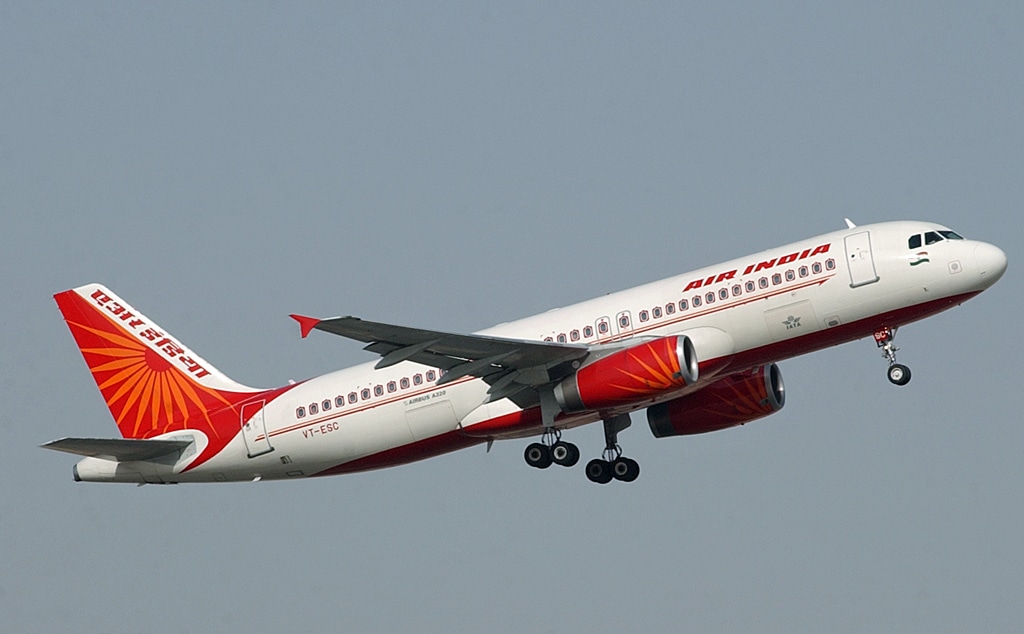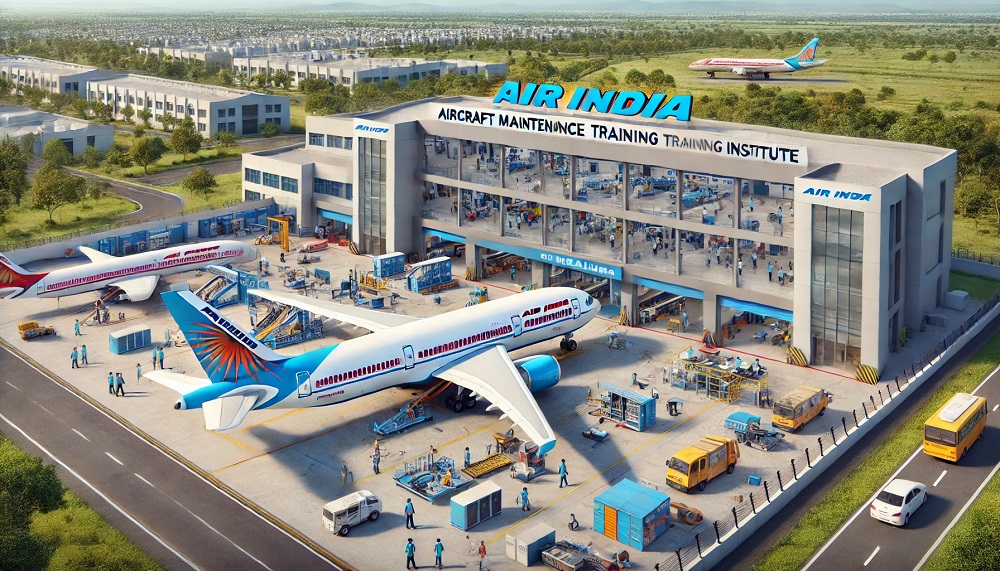Airlines
Air India partners with SAP to accelerate its digital transformation

Today, Air India, the largest airline in India and a member of Star Alliance, announced the successful migration of their primary Enterprise Resource Planning system utilizing RISE. With SAP, specialized ERP software aids businesses in completing their unique path to the cloud and is packaged with transformation services, business analytics, and partner expertise.
Tata’s 5-year plan to make Air India great again(Opens in a new browser tab)
The modernization of Air India’s business processes, including finance and human resources, as well as key functional areas like commercial, operations, and engineering, was impacted by this move, which was a crucial part of the company’s greater digital transformation.
Air India’s ancient ERP system, which was powered by software operating on a mainframe that was a decade old, was one of the largest obstacles it had to overcome throughout its extensive modernization process. It is customary to undertake backup and restoration operations on a comparable system during the migration and cutover of such crucial systems. It appeared to be an insurmountable obstacle that such a system was unavailable anyplace in the world.
Air India’s Transformation: Moving from Manual Pricing to ChatGPT(Opens in a new browser tab)
Team Air India and SAP collaborated together to come up with creative solutions and strategies to deal with the problem, and they eventually delivered a successful migration ahead of schedule. This transition sets the ground for the integration of the other Group airlines into one company as well as the ongoing upgrading of Air India’s ERP system.
“Air India’s vision is to emerge as the world’s most technologically advanced airline. A critical and foundational capability for this is a highly reliable, scalable modern ERP system that will drive significant improvements to our operational efficiency and assist us in creating a delightful customer experience.

Airlines
Air India to Launch aircraft maintenance training institute in Bengaluru

Air India, one of India’s leading global airlines, is set to establish a Basic Maintenance Training Organization (BMTO) in Bengaluru.
This institute will offer a comprehensive Aircraft Maintenance Engineering (AME) program certified by the Directorate General of Civil Aviation (DGCA). The program will follow an integrated 2+2 year structure, combining classroom learning with practical, hands-on training.
This initiative is part of Air India’s broader goal of creating a robust aviation ecosystem in India. With plans to expand its fleet and strengthen its operations, the airline aims to build a skilled workforce of maintenance engineers, making the organization self-reliant while supporting its ambitious transformation journey.
This country tops visa rejections in the popular Schengen countries
To bring this vision to life, air india has partnered with Bengaluru Airport City Limited (BACL), a subsidiary of Bangalore International Airport Limited (BIAL). Together, they will develop a state-of-the-art facility spanning 86,000 square feet at Bengaluru Airport City.
This purpose-built campus will feature modern classrooms, well-equipped laboratories, and qualified trainers to deliver world-class education and training. The institute is expected to become operational by mid-2026.
The BMTO will be located close to Air India’s new 12-bay Maintenance, Repair, and Overhaul (MRO) facility, also set to open in Bengaluru by early 2026. The AME program will begin with two years of academic coursework, followed by two years of practical training at the MRO, ensuring students receive hands-on experience adhering to industry standards.
Sanctions & Engine Issues Ground Half of Russia’s A320neo fleet
In the meantime, Air India has introduced a Cadet AME program in collaboration with reputable institutions in Bengaluru and Hyderabad.
This ensures continuity in its commitment to developing skilled aircraft maintenance engineers while the BMTO facility is under construction. The program also allows students to pursue a bachelor’s degree through university partnerships, enhancing their career and academic opportunities.
With this initiative, air india plane aims to address the growing demand for skilled professionals in aircraft maintenance and engineering, air india new planes contributing to the development of India’s aviation sector and creating specialized career paths for aspiring engineers.
-

 Aviation2 months ago
Aviation2 months agoMicrosoft Flight Simulator Raises $3 Million to Bring Back the An-225 Mriya
-

 Airlines2 months ago
Airlines2 months agoQatar Citizens Can Travel to the United States Without a Visa
-

 Aviation2 months ago
Aviation2 months agoQatar Airways bans these new Electronic Devices on plane
-

 Airlines2 months ago
Airlines2 months agoJapan Airlines Rolls Out Free Domestic Flights to International Passengers
-

 Defence2 months ago
Defence2 months agoWhich Country Has the Largest Fleet of Fighter Aircraft?
-

 Airport2 months ago
Airport2 months agoWestern Sydney Airport Welcomes Its First Plane After 6 Years of construction
-

 Travel2 months ago
Travel2 months agoQatar Airways Launches Four Additional Flights from Amsterdam
-

 Aviation2 months ago
Aviation2 months agoDid you know ? Once Boeing 747 carried 1088 passenger in 1991








